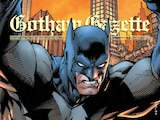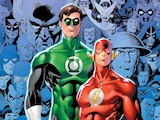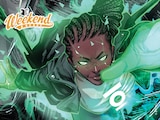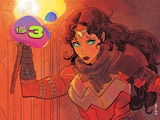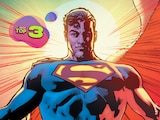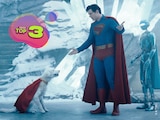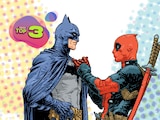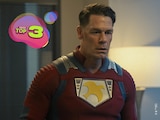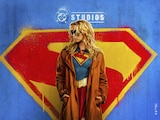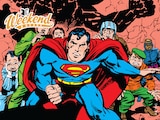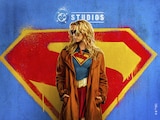There’s a new Justice League on the ground…but this one is strictly off the books. In the new Justice League Red, Red Tornado, the disembodied administrator of the Justice League Watchtower, is assembling a small team of his own to go on a special kind of mission. The roll call is an eclectic one: Cyborg, Power Girl, the Green Lantern Simon Baz, Deadman and the fledgling hero Red Canary. To what purpose have these heroes been brought together? We spoke to writer Saladin Ahmed for a debriefing on everything we could get clearance to learn. For the top secret stuff, you’ll have to follow the clues in the series itself. Here’s the download.

Let’s talk about what Justice League Red is. What does this branch of the team do that we wouldn’t see in the main Justice League book?
“Secret stuff” is the short version of that. Their missions are happening unbeknownst to the JLU at large. Red Tornado has reasons that he needs to keep these things secret and keep his circle of confidantes small. We’ll see what those reasons are and debate whether they’re justified. The idea is that this is the JLU black ops team—so black ops that the JLU doesn’t know it exists.
Counting the number of characters on the cover here, a bit of a Secret Six, I suppose.
There’s a bit of that vibe, and all the secret black ops superhero books that have existed over the years are in the DNA for this. But part of what we’re trying to do here is flip that on its head and really question the whole premise of covert black ops. We live in an age where secrets are kept and then shared. It’s kind of a thought experiment on that.
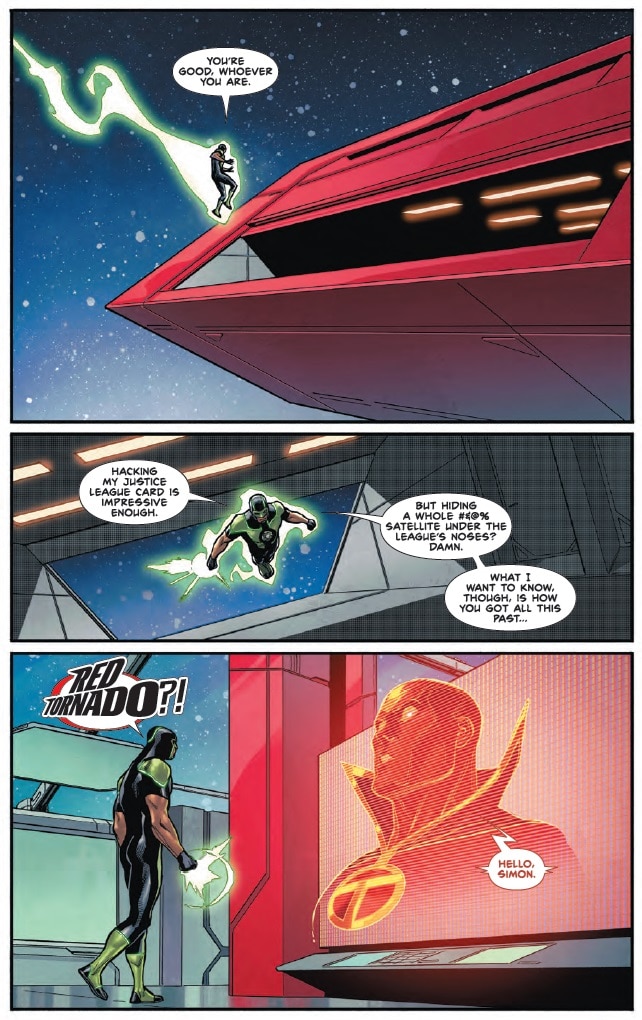
We’ve seen Batman, Martian Manhunter and even Amanda Waller run their own secret superhero teams to go places where the League can’t. There seems to be a more calculated vibe here. I want to get into what it means that Red Tornado, the supercomputer, is running this group.
Totally. This is both fun superhero stuff and thinking about the time we’re in, artificial intelligence being one of the most prominent things we’re wrangling with now. Machine learning, and the power of the algorithm, especially predictive algorithms.
The basic premise here is that Tornado no longer has a physical body. His disembodied computer consciousness allows him to see things at a million-foot vantage point, in terms of the algorithm’s prediction of the consequences of little butterfly effects—a perspective that even a Batman or a Superman doesn’t have. To counteract the threats that only he can detect, because he is the eyes and ears of the Watchtower, he pieces together a team that, at first, probably seems like a ragtag mismatch. Not necessarily the characters we’d expect from a secret ops group. But each piece in the puzzle is there for a reason.
That’s really fascinating to me, because whenever we’ve had stories about Red Tornado in the past, it’s been about a machine trying to discover his humanity. But here we’re seeing, very explicitly, a machine leaning into his nature as a machine.
I don’t want to give too much away, but that journey he’s gone through before is certainly present in this book. I think sometimes our stories about androids feel a little outdated. They feel like they’re from the last century in a Star Trek 1960s-1990s vibe. You know, Data was awesome. He did new things that we’d never seen in storytelling. But I think thirty years later, maybe we think about AI a little differently, and less connected to a body, for instance. So, running that version of this classic science fiction dilemma is really fun.
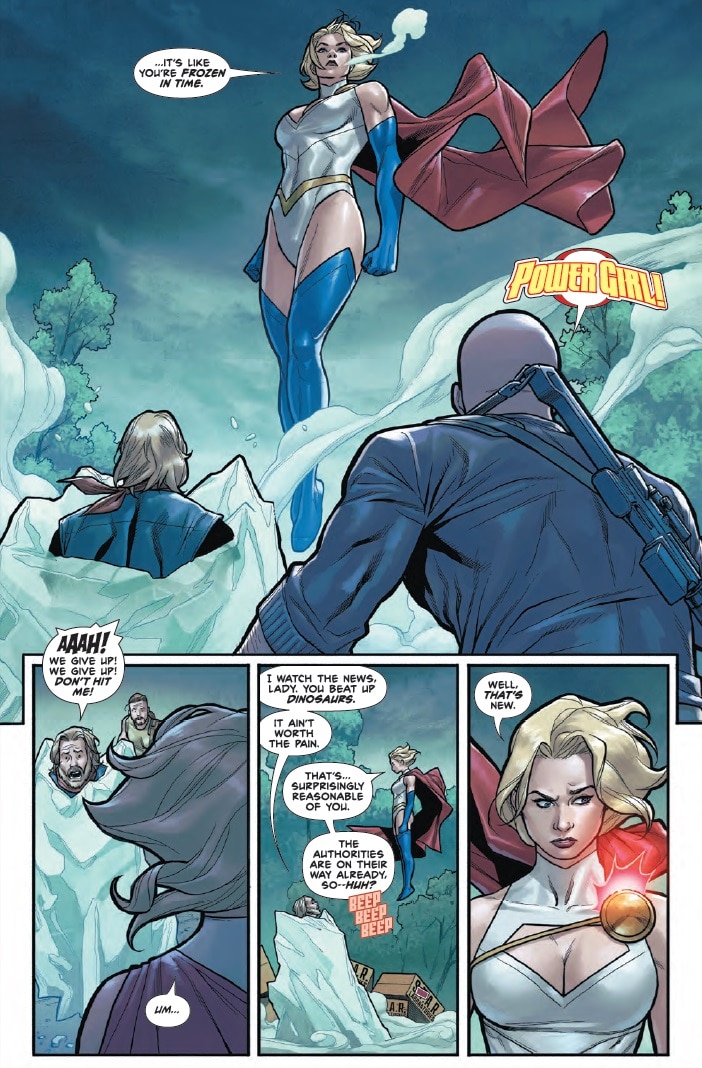
The current era of Justice League Unlimited, like the show that inspired it, has been about these teams that could change from arc to arc. With that in mind, a lot of people are wondering whether the roster we’re seeing on Justice League Red is set, or if you’re planning to play with that as you go.
The guys you see on the cover of Justice League Red #1 are all central to the plot and there for a reason. That does not mean there will not be other cameos, or perhaps in the future, some scrambles. Part of the fun of a team book is changing up the roster occasionally, right? Certainly that’s a possibility down the line, but right now we’re pretty laser focused on these guys and each piece that they play in the puzzle.
On a personal level, who were the characters you were really excited to use for this? And how was that roster decided, behind the scenes?
There are characters that I have a maybe painfully obvious personal connection to. Simon Baz, who has been around for a few years. No one’s quite seemed to know what to do with him after his awesome debut. He’s been personal for me for a while. I’m literally from Dearborn, Michigan, the big Arab-American town that Simon is from. Part of what I’m trying to do on a personal and cultural level, and on the level of character, is to invest Simon with a depth we haven’t quite seen in him.
I love Power Girl. There are all sorts of reasons people love that character, but for me, she’s Supergirl with the gloves off. I like seeing someone let loose with that crazy power set, but still be a good person. She’s still there to help people and protect them, but maybe a little less scout-like than some of the Super-Family.
I was given a pretty free hand over who would be on the team. There was the visual aspect. Comics are always a visual medium, so there is the leaning into the “red” of it all. It’s a chicken-and-egg thing, because I always wanted to write some Deadman and there he is. And Red Canary came to me as there are some street-level things happening, and she was the perfect character to fill that role. They might seem a little mismatched, but they came together in a way that felt very natural for me and for the story.
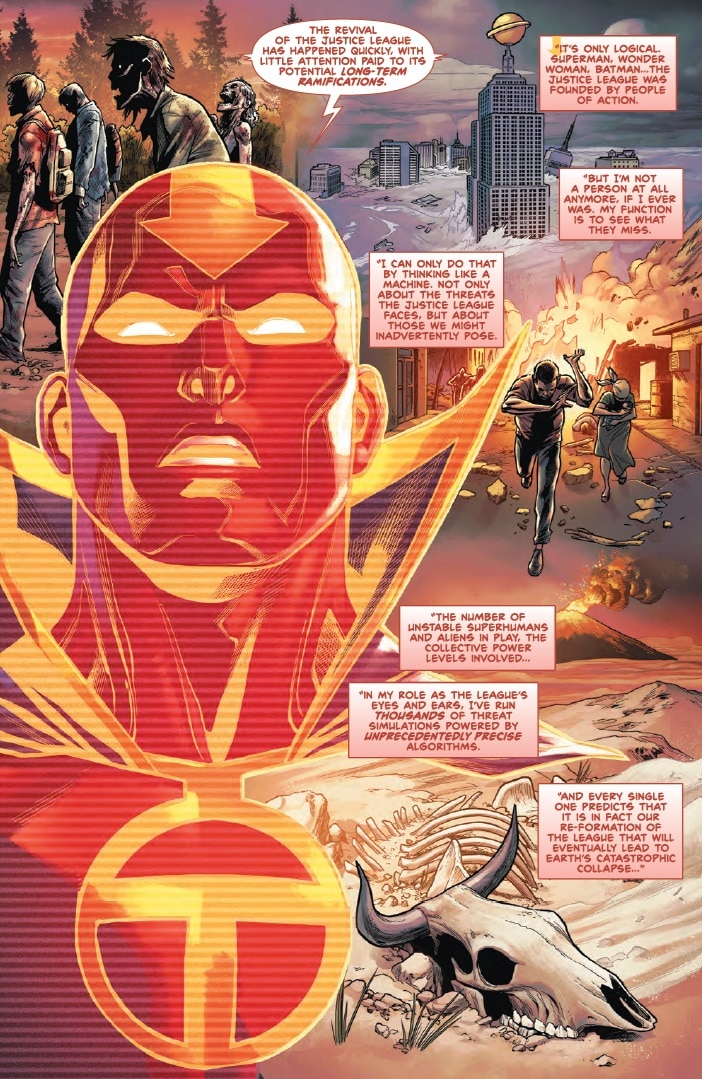
And then there’s Cyborg.
Yes, of course. It’s funny to think of him as the legacy guy, right? But he’s the familiar anchor. He’s the biggest name on the team, probably. And he’s the vet now. Him and Power Girl, both. But it’s fun to have younger team members who still have a hierarchy of seniority. That’s fun to mess with, especially with a pure rookie like Red Canary on the team. One of the things I really missed about doing a team book was doing that interplay between characters. It’s not just what each individual character is doing on a team, but what relationships they have.
Red Canary was introduced a few years ago, but she’s been a really big question mark lurking in the corners of the DC Universe. We know she’s a big fan of Black Canary, but not much else. What are we going to learn about her here? Because we know basically nothing.
That’s been the joy here, to take a character who exists really as a design, and the bit Delilah Dawson wrote of her [in Dark Crisis: The Dark Army, Dark Crisis: War Zone and Lazarus Planet: Next Evolution] going to college and stuff. So we know a little bit. We know she was a fan of Black Canary, and we know she’s a college student in the Seattle area. Her first name is Sienna. We don’t know her last name yet. The joy here was taking that character and deciding to make them into a thing. I think because she has such a fantastic design, and she turns Black Canary into a legacy character with her own inheritance, there is a section of the fandom that loves her, and has been asking, “When will somebody do something with her?” So, we’re doing something with her. We’re doing something big with her. But I’m not going to get into spoilers.
From Red Tornado’s perspective, how do each of these characters fit into this mission?
That remains pretty hazy. There’s a fog of war around this whole thing for the teammates themselves and it’s Red Tornado who has all the answers. Or does he? Part of what we’re messing with here is this idea of infallible predictability and the limits of the algorithm. So part of the question might be why does Red Tornado think he needs each member? He’s a machine, but he’s not perfect. His expectations will get turned on their head a bit. The team will get a clearer picture of what he’s having them do and they’ll have different reactions to that. But I don’t want to give away too much, because it is a bit of a conspiracy book. Discovering the pieces of the conspiracy is part of the fun.
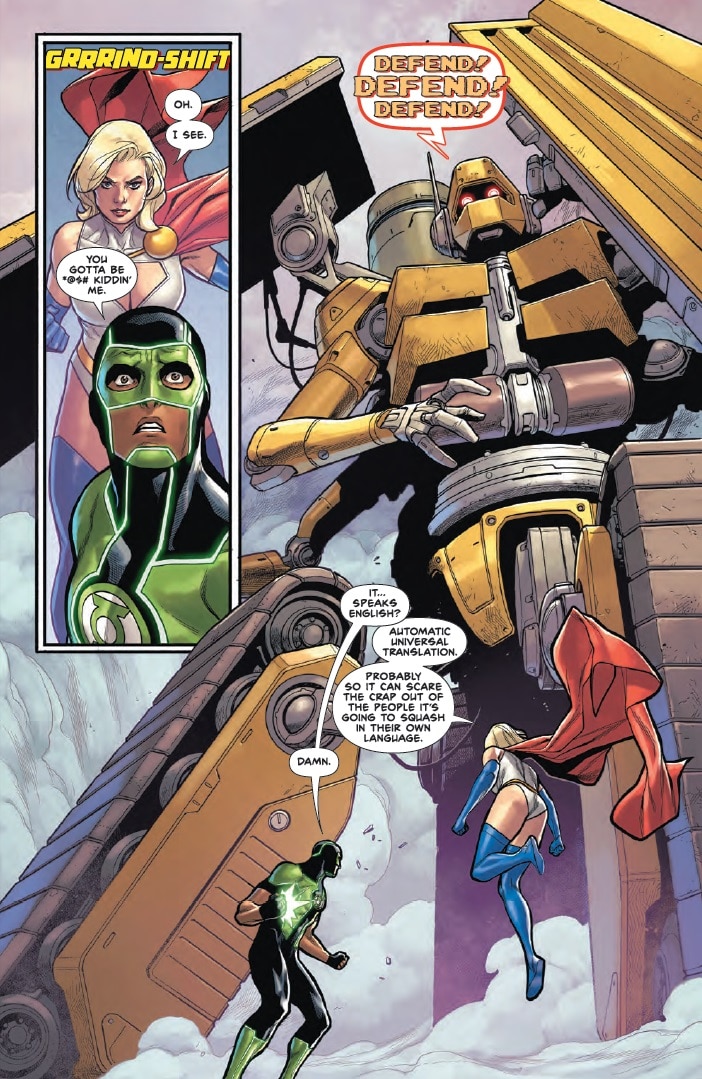
The question I have is, is it about what they can do or who they are?
That is really a fascinating way to put it. There are certainly missions where he’s thinking about power sets and combinations for an effective strike team. But overall, your second option is the much more interesting one. If you need somebody who can punch something hard, there’s a thousand different characters. If you need somebody who can shoot a beam, there’s a thousand different characters. But nobody has Cyborg’s backstory. Nobody’s gone through what Power Girl has gone through.
For Red Tornado, who’s semi-omniscient with his surveillance, who they are tells him what they can do. But also, it tells him how he can use them. Part of what we’re looking at here is this question of privacy and secrets. Part of the question is not “What’s your power set?” It’s “What does Red Tornado have on you?”
If you had an ID card to work on the Justice League Watchtower, what do you think you’d be good at?
Probably mediation, actually. I’m of a blue collar background and was the soft kid who couldn’t do much with his hands. I don’t have a lot of pragmatic skills, but I’m a good storyteller, and I’m good at bringing people together who are having a little trouble seeing eye to eye. So, I think I could get between Batman and whoever.
Guy Gardner.
No, not those two. I can’t take a punch that well.
Justice League Red #1 by Saladin Ahmed, Clayton Henry and Arif Prianto is now available in print and as a digital comic book.

